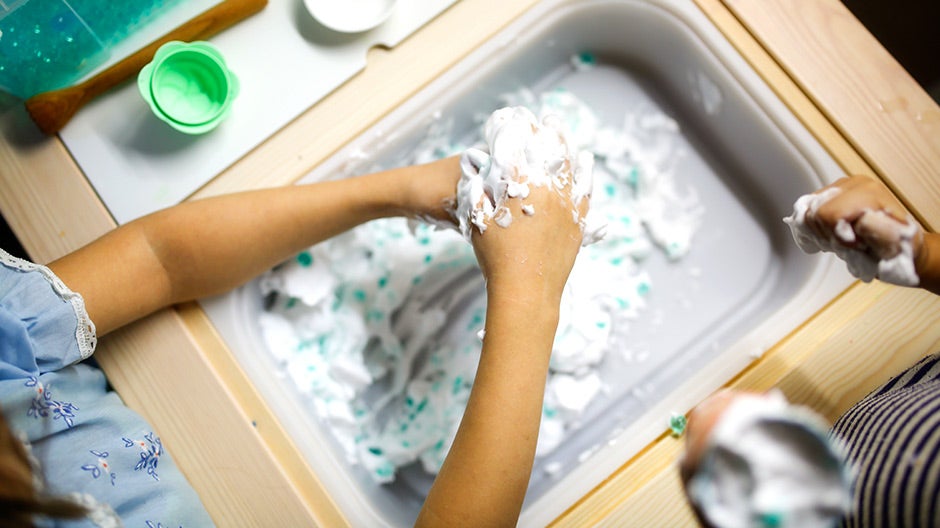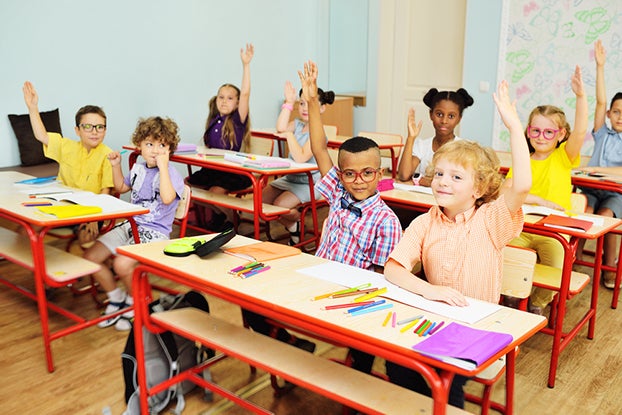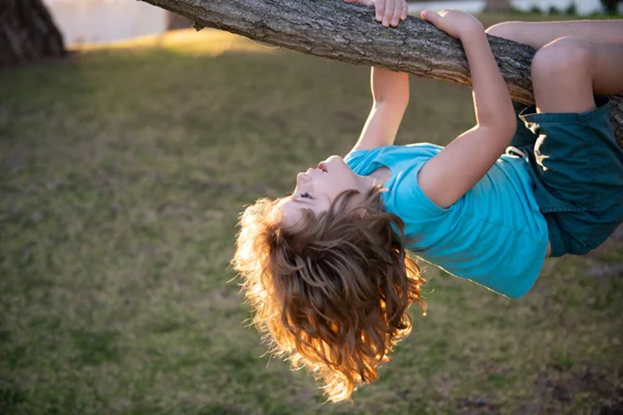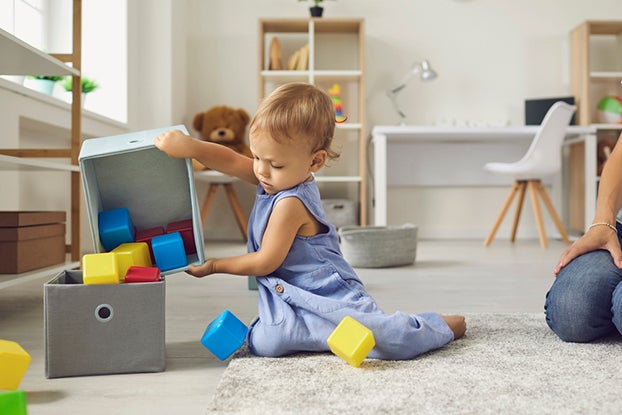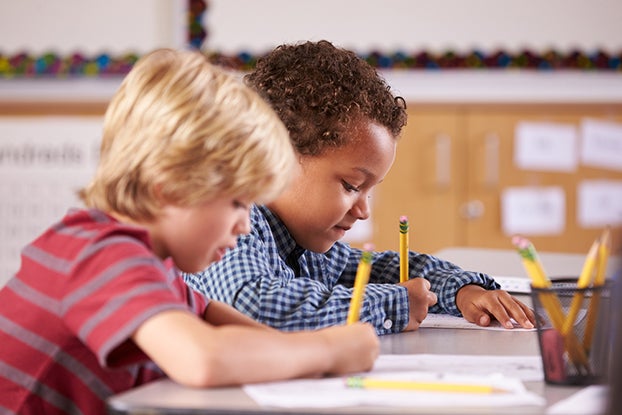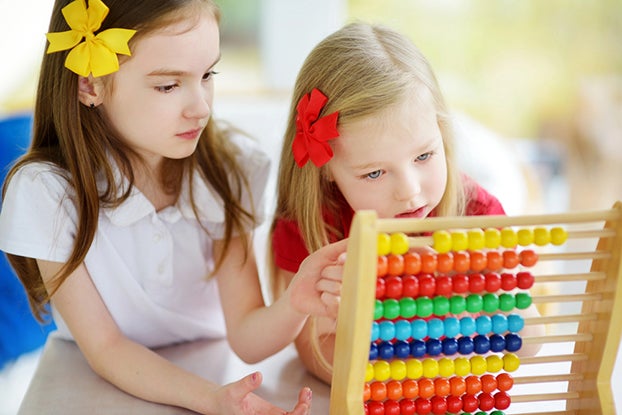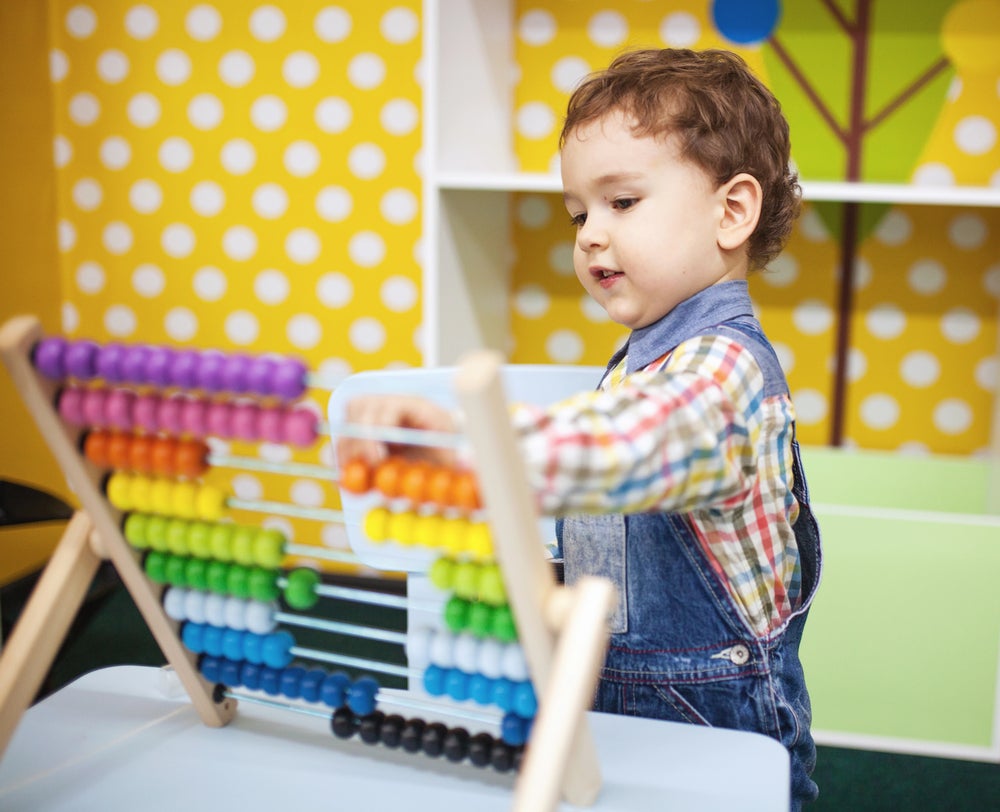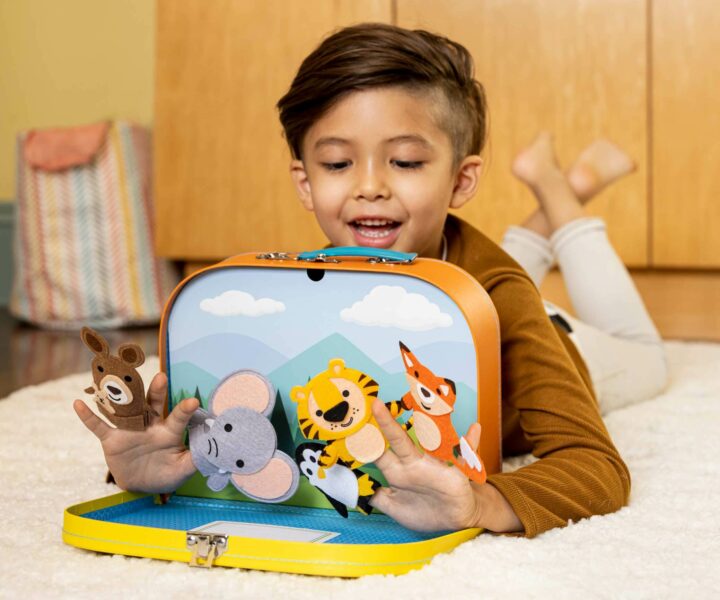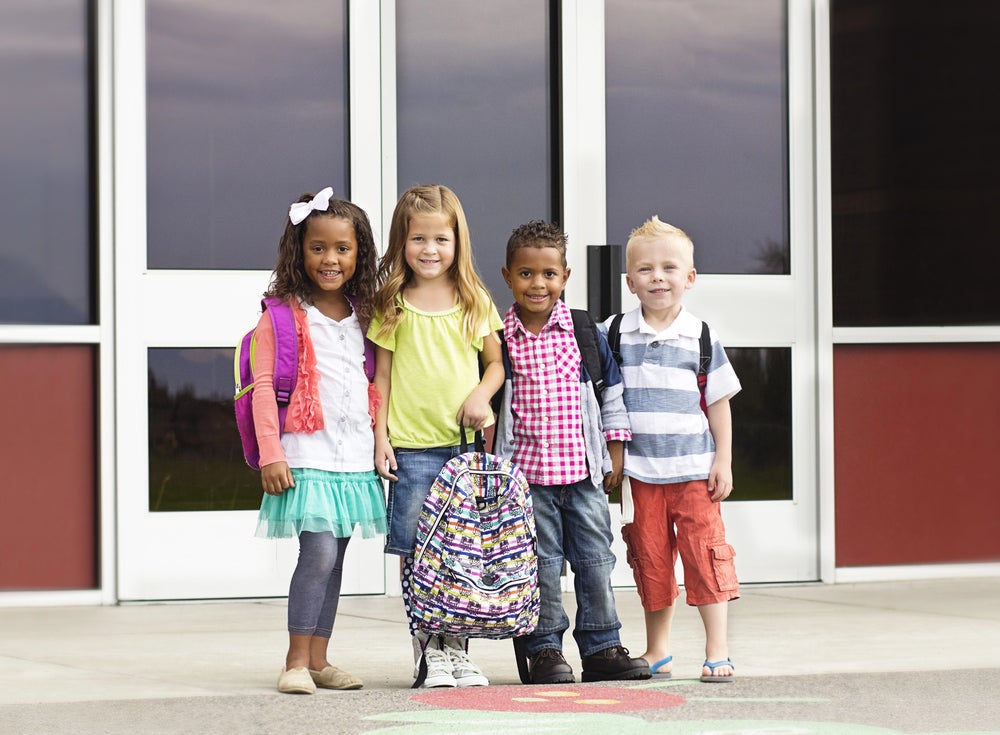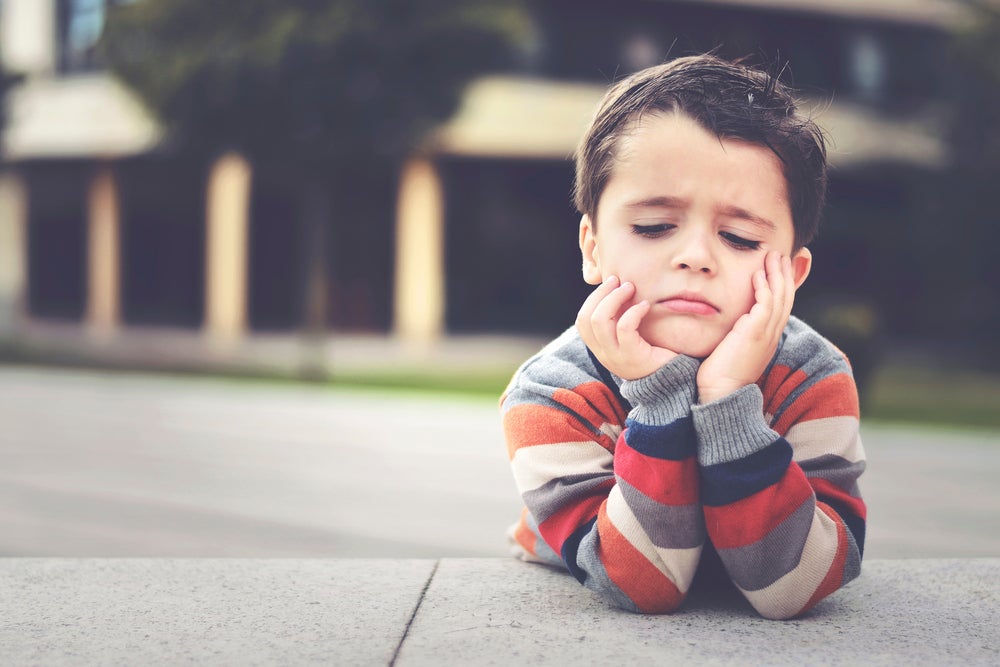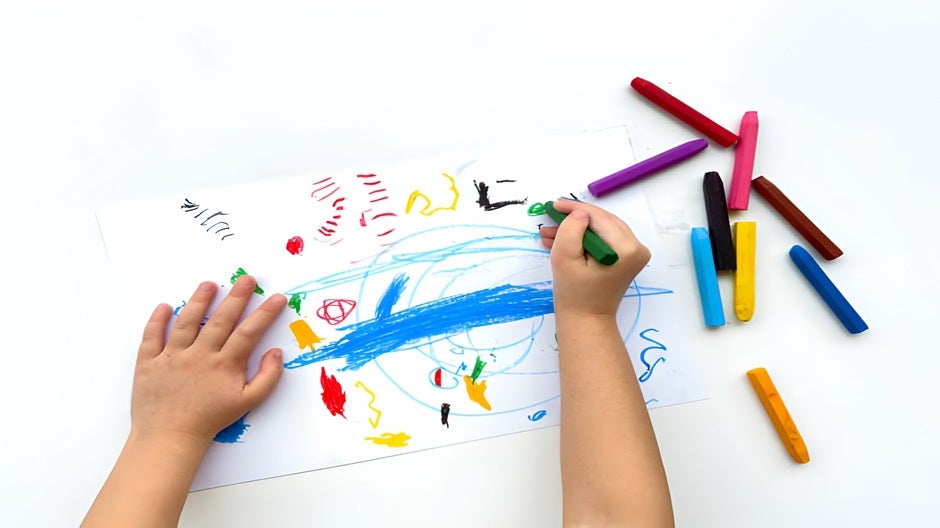We hear the phrase “take a deep breath” all the time, especially before we’re about to do something big. For our kids, that might mean something fun, like getting into a pool (“Take a deep breath and jump!”) or something scary, like apologizing to a friend (“Take a deep breath and say you’re sorry.”).
It’s great advice because it works to calm down our bodies when we’re experiencing stress.
In this article, we’ll share some breathing exercises and relaxation techniques designed to bring a sense of peace to your child’s mind and body.
Paying attention to emotions like anxiety and calmness is an important part of developing Character skills, one of the 5 C’s at the heart of the Begin Approach to helping kids thrive in school and life.
Kids who have a well-developed awareness of stress and how to manage it tend to be calmer, more emotionally resilient, more flexible, and have healthier relationships with themselves, as well as their peers and teachers.
With these calming breath exercises, you can help your child become more conscious of the three-way connection between their brain, their body, and their emotions.
The Short Cut
- Learning how to let go of stress and find relaxation helps kids be calmer and more resilient
- Deep breathing activities are excellent tools for relaxation in the face of anxiety and stress
- Mindful breathing, even for just a minute or two, provides measurable stress relief for kids
- Our kids watch us all the time and love to imitate us, so you can teach them to manage stress through breath by modeling it yourself
- The Learn with Sesame Street guided social-emotional learning program teaches kids breathing exercises and other tools for self-regulation
How Deep Breathing Exercises Help Kids Relax
When we get stressed or upset, our heart rate increases and our breath gets fast and shallow. Deep breathing counteracts these things. But how exactly?
A recent study by Stanford researchers explored the effects of deep breathing on stress and anxiety. They focused on children and administered the study in familiar outdoor settings like a playground or camp.
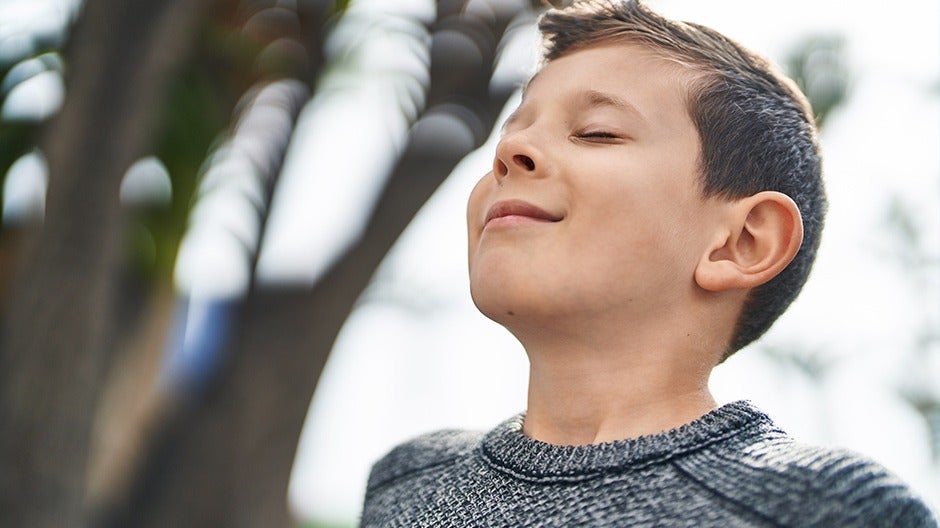
Specifically, the researchers measured heart rate and respiratory sinus arrhythmia (RSA), a detailed reading of someone’s heartbeat as they inhale and exhale and a sign of a relaxed nervous system.
The results were exciting: one minute of slow-paced breathing reduced heart rate and increased RSA.
So, that phrase “take a deep breath” really works! A little bit of slow breathing goes a long way.
8 Simple Breathing Exercises for Kids
Thinking about their breathing might feel strange to your child at first. They’re probably not used to paying attention to it.
But even younger kids can learn simple breathing activities, and after some practice, your child will be able to notice their breath and its calming effects on their body.
1. Belly Breathing
Start by focusing on simply breathing in and out, like you would when teaching meditation. Ask your child to put one hand on their belly and one on their chest so they can feel the two places where their breathing happens.
Have them notice how their chest and belly rise when they take a breath in and fall when they let it out. Your child may feel less self-conscious or more able to focus if they close their eyes during this exercise.
Try counting out loud while they’re doing this. Ask them to breathe in for four counts, hold their breath for two counts, and then breathe back out for six counts. After five total rounds of counted breathing, ask your child how they’re feeling.
That last step, naming emotions, is important in reducing stress because it gives your child information about themselves.
Being aware means being less anxious. Just try not to worry if they identify feeling restless, frustrated, or even grumpy. All emotions are good ones—especially if they are named!
2. Buddy Breathing
Sometimes focusing on breathing is hard. Even when you ask your child to feel their breath by placing their hands on their belly and chest, really connecting with it can be elusive.
If this is the case for your child, ask them to lie down with a favorite stuffed animal on their belly. Watching their stuffy rise and fall with their breath may make the connection click.
3. Birthday Breathing
Ask your child to hold their hand in front of their face, take a deep breath, and then “blow out one of their birthday candles” (their pointer finger, for instance). Have them do this five times and then check in with them to see how they’re feeling.
4. Balloon Breathing
Taking deep breaths helps your child find a sense of calm. And pretending to be a balloon is a fun way to help them achieve this kind of mindful breathing!
While they sit in a comfortable position, ask them to take a deep breath and imagine they are filling with air.
As they fill, they raise their arms above their head and slowly move into a standing position. Then they can “deflate” and sit back down.
5. Bumblebee Breathing
This is a particularly effective breathing exercise for kids who feel overstimulated by their environment, because it helps draw their attention inward.
For this one, your child covers their eyes and ears (you may need an eye covering or earmuffs to help) and breathes in through their nose and out through their closed mouth while humming.
This creates a buzzing sound and generates a vibration throughout their body that can be soothing.
6. Mindful Breathing
Sometimes kids need to “see something” in their brain to stop it from swirling with thoughts and worry. This activity helps with that.
Start by suggesting they say “I am the ocean” before they breathe in and “I am calm” after they release their breath. The image of the ocean waves rolling to the shore gives your child a great scene to visualize—one that reinforces the action they’re taking.
Later, you can ask your child to come up with their own phrases to use while they practice mindful breathing.
7. Stand for Breathing
If your child is too wiggly to lie down to practice their breathing, have them try it on their feet. Start by asking them to stand straight and breathe slowly through their nose.
As they breathe, have them raise their arms over their head and touch their palms together. Then ask your child to slowly breathe out through their mouth while they bring their arms back to their sides. They can stretch their fingers wide as they do this.
The combination of stretching and breathing allows your child’s body to let go of stress in two different ways.
You can make this exercise into a mindful version of Simon Says by standing facing your child so they can mirror you. Or you can try a variation called Shrugging Breathing. When your child breathes in, ask them to raise their shoulders, and when they breathe out, ask them to slowly drop them.
8. Artful Breathing
Making art is an effective way to calm the body because it absorbs your focus, keeps you present, and settles your mind.
If your child loves hands-on art activities, you might try pairing one with a breathing exercise. The art–making process acts as a warm-up for the breathwork.
What You Need
- Paper plate
- Crepe paper
- Yarn
- Glue or tape
- Decorations (ribbons, stickers, markers, paint, etc.)
What to Do
- Cut a paper plate in half so it looks like a half-moon, and attach the crepe paper in strips to the flat edge.
- Give your child time to decorate it.
- When your child is finished, attach yarn to the top of the plate and hang it at the height of the child’s head.
- Ask your child to stand in front of the plate and, with deep and slow breaths—in through the nose and out through the mouth—have them blow on the plate to make the crepe paper move.
If you want to tie the project more directly to stress, you could suggest your child turn the plate into a “mood monster” and help them brainstorm fun ways to depict that.
Books about Breathing
Much like making art, reading with your child helps reduce anxiety and calm their body. If your child is young enough to sit on your lap (and are our kids ever really too old for that?), ask them to settle in and read a book with you.
Your slow breathing and steady heartbeat will help your child modulate their own breath and heartbeat, and the warmth and pressure of your body against theirs regulate their nervous and sensory systems.
Whether your child sits on your lap or next to you, these books are excellent precursors to teaching your child a breathing practice of their own:
- Mindfulness Moments for Kids: Hot Cocoa Calm by Kira Willey and Anni Betts
- Breathing Is My Superpower by Alicia Ortego
- Alphabreaths: The ABCs of Mindful Breathing by Christopher Willard, Daniel Rechtschaffen, and Holly Clifton-Brown
- My Magic Breath by Nick Ortner, Alison Taylor, and Michelle Polizzi
- Breathe by Scott Magoon
How Do I Know If My Child Is Stressed?
Stress looks different for different kids. Some have full-on temper tantrums that hit instantly. Others hold things in for hours or days—until they can’t anymore and blow up too.
To avoid these kinds of stress explosions (and so many in between!) keep tabs on the stressors your child is experiencing.
A divorce, a death in the family (including that of a beloved pet), moving to a new house, and a new sibling are strong outside forces that typically bring on worry.
A new teacher at school, a different morning or after-school routine, or changes in friend groups can be sources of stress as well.
Keep an eye out for early signs of your child’s stress building. It is much easier to help them through a challenging situation if you start addressing it early.
Signs of Child Stress to Look Out for
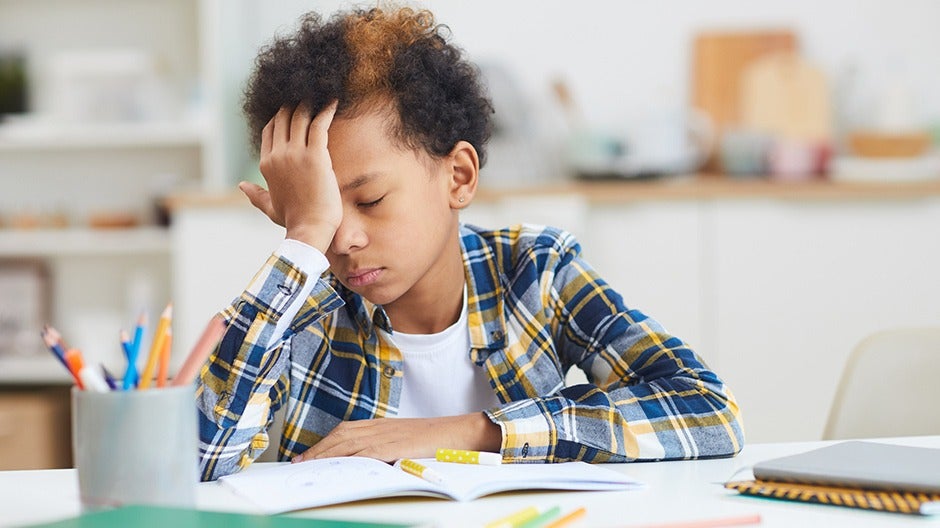
- Withdrawal from friends and family
- Reluctance to go to school, to friends’ houses, or to participate in activities they used to enjoy
- Excessive yawning
- Unusual fidgeting or wandering
- Disruptive behavior
- Sleep disturbances
- Change in appetite
- A dramatic change from being the child “you know”
These signs are important to recognize, but sometimes you won’t see them. Listen to your intuition. It will often tell you when something’s not right.
Stress Is for Learning
As parents, it’s natural for us to want to shield our children from stress, frustration, anxiety, and worry. We don’t always want them to face tough situations or hard decisions.
But we also know they sometimes will. In fact, it’s good for them to meet developmentally appropriate challenges early on, especially within the safety of our homes. It’s all part of growing into a resilient person.
Our job is to equip them with the tools they need to recognize when they’re feeling bad and take care of themselves by naming their emotions, having compassion for themselves, and taking healthy steps to address their feelings. This is what building Character is all about.
Take a Breath with Begin
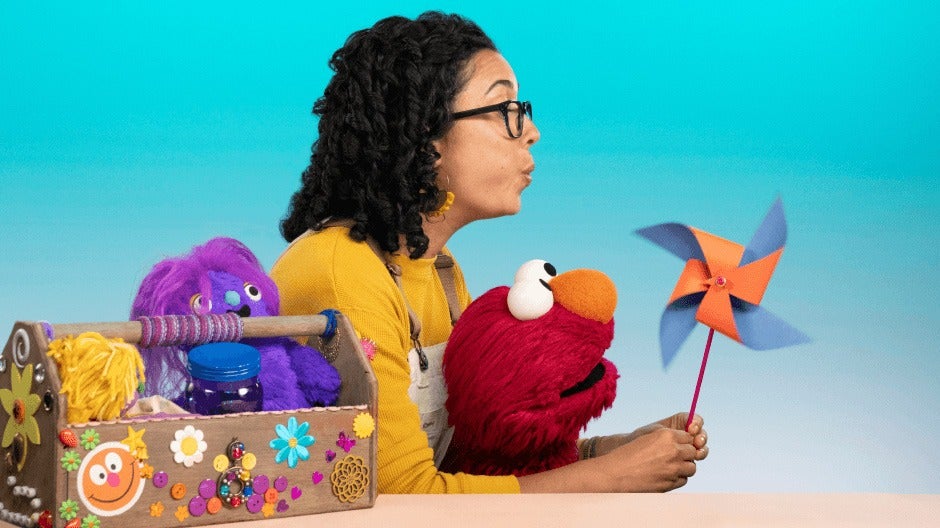
At Begin, we know how important managing stress is for kids to develop into happy, healthy adults. We build opportunities for kids to cultivate a strong, positive sense of self (and the world) into our learning membership by giving them tools to recognize and respond to their emotions—including breathing exercises.
We’ve also partnered with the social-emotional learning experts at Sesame Workshop to make Learn with Sesame Street, a guided program building character, empathy, self-regulation, and more. Kids learn how to express their emotions, empathize with others, and create healthy relationships—all while hanging out with their beloved friends on Sesame Street. Check it out today!


